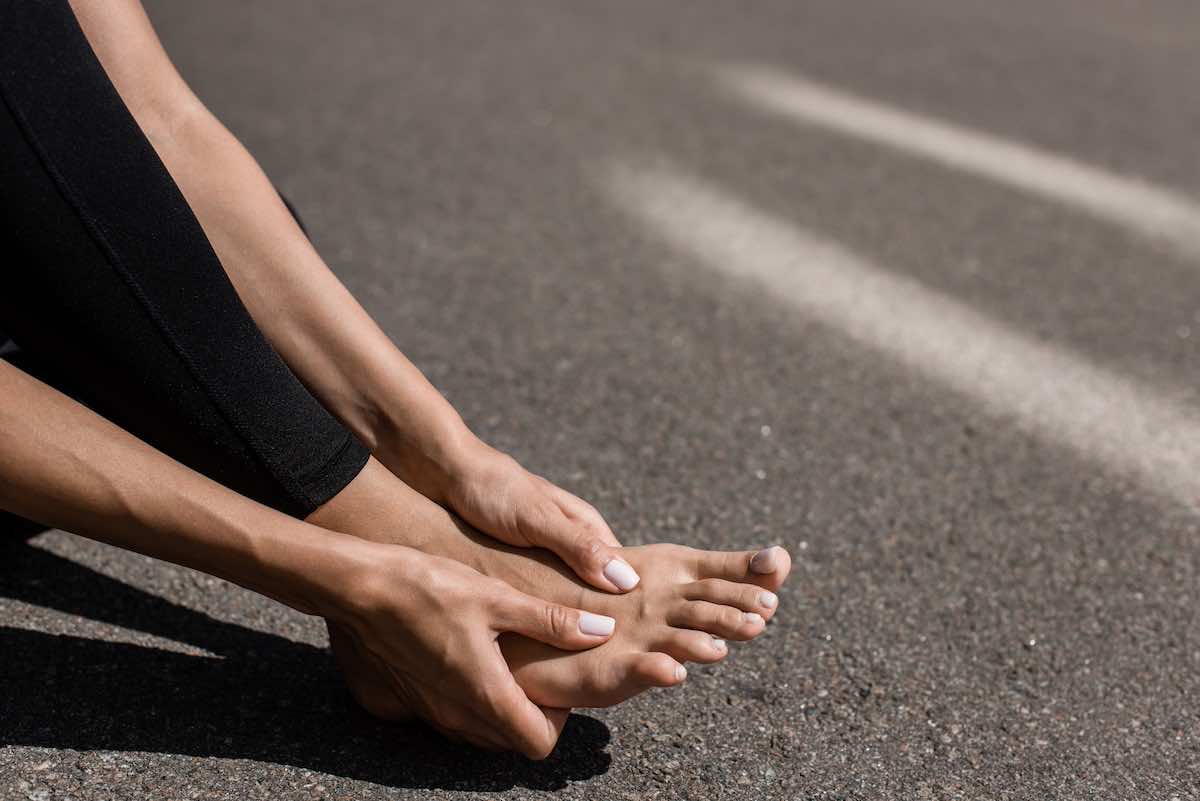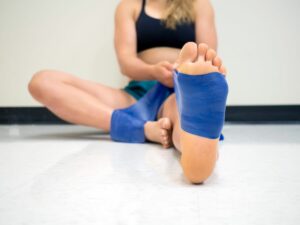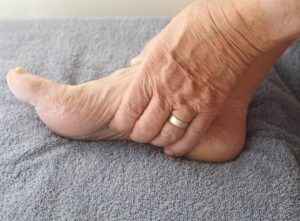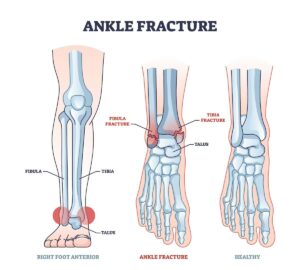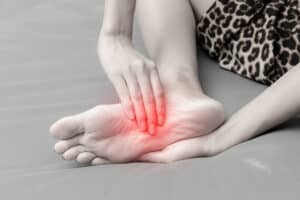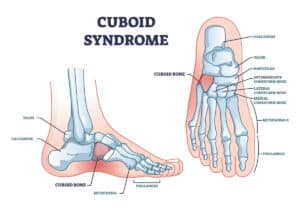Free download: Top 10 Natural & Easy Remedies for Joint Pain from Home. Learn these helpful remedies.
Estimated Reading Time: 5 minutes read
Everyone’s feet work hard every day, carrying our whole weight and helping us move around. So, sometimes, they can hurt. One place they might hurt is the top part. This isn’t as common as pain in other parts of the foot, like the heel, but it can be unpleasant. It can make walking, running, or just standing a bit tough, and knowing why the top of your foot might hurt and how to help it can make things easier.
Sometimes, people get pain on the top of their feet from things like running a lot, wearing shoes that are too tight, or even from an injury. Other times, it might be from health problems or growths on the foot bones. It’s important to know why it’s hurting so you can find the best way to feel better.
Table of Contents
What Causes Pain on the Top of the Foot?
- Stress fractures: Overuse or repetitive movements, such as running or jumping, can cause small breaks in the foot bones.
- Extensor tendonitis: The tendons on the top of the foot can become inflamed due to tight shoes or overuse.
- Bone spurs: These are tiny outgrowths on bones, and they can press on nerves or other structures, causing pain.
- Ganglion cysts: Fluid-filled sacs can form on the top of the foot and can be painful when pressed.
- Tight shoes: Shoes that don’t fit well can press on the top of the foot and cause pain.
Simple Remedies for Foot Pain Relief
The exercises you undertake can make a significant difference in managing and reducing the pain. Engaging in the right kind of exercise can strengthen the foot’s muscles, tendons, and ligaments, leading to better support and pain relief.
Strengthening and Mobilizing the Ankle
1. Ankle Joint Mobilization with Resistance Band
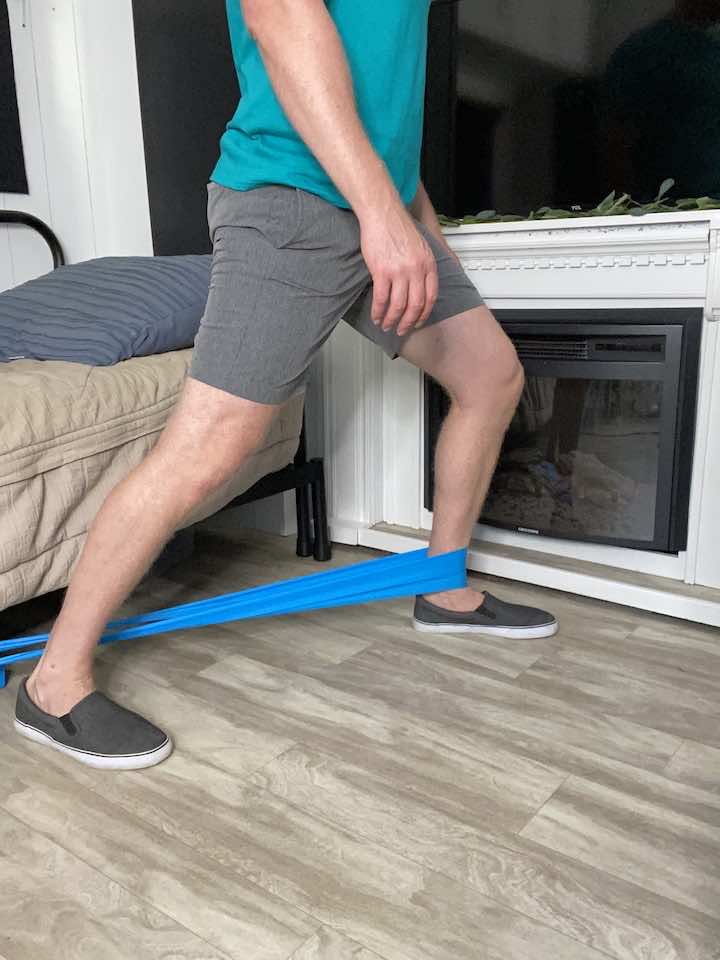
- Place a resistance band loop around a sturdy table or chair leg (one that is heavy and won’t move!)
- Place the other side of the loop around your painful ankle right at the joint and stand facing away from the sturdy chair or table.
- Take a step so there is tension on the resistance band.
- Using a lunging motion (with the painful ankle as the front leg), bend your knee forward while keeping your ankle flat on the ground. Move till you feel the tension and hold for two seconds.
- Repeat 10 times.
2. Ankle Dorsiflexion with Resistance Band
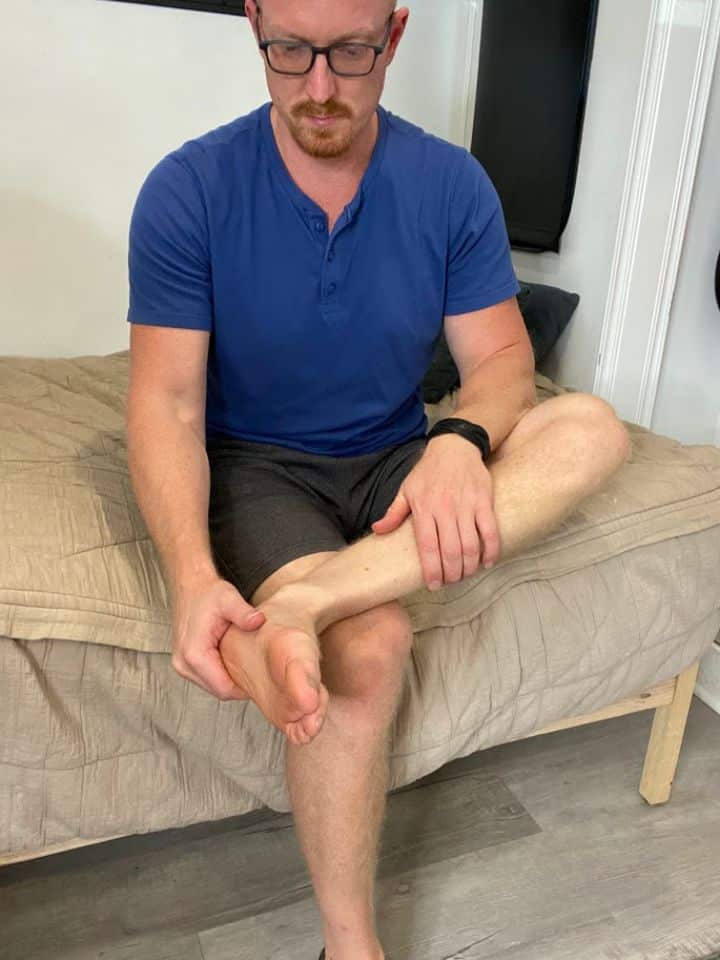
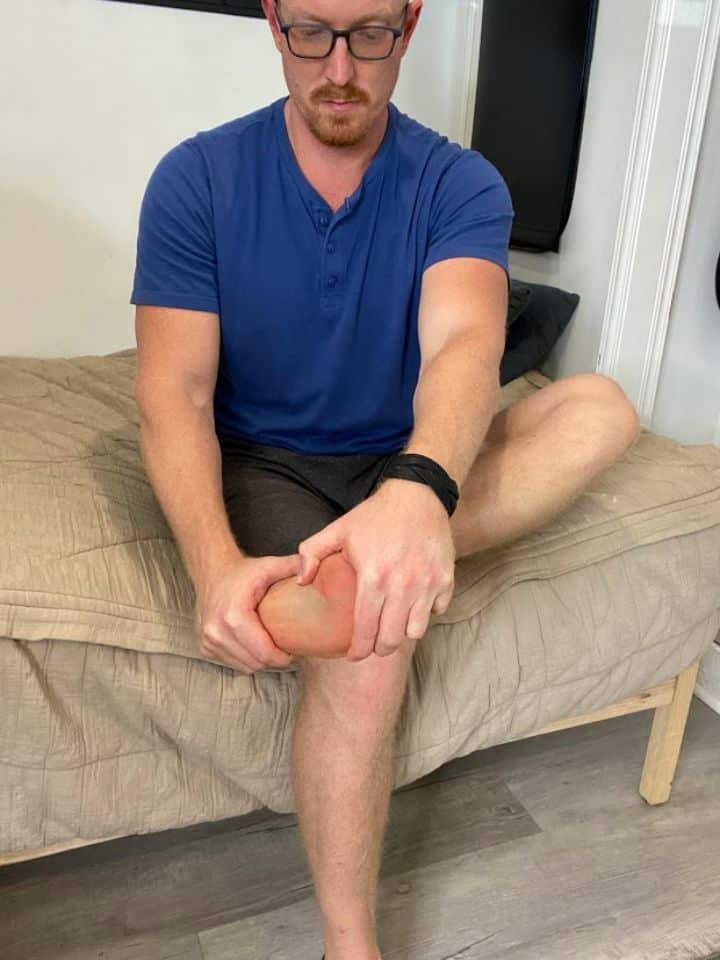
- Place one hand on the bottom of the foot, positioned over the ball of foot.
- Gently, pull the foot back into dorsiflexion until a gentle stretch is felt on the back side of the heel and ankle.
- If the stretch is very intense at first, try holding for 5 seconds, then rest. Repeat 10x.
- If the stretch is only mild, then try a longer hold time anywhere from 30-60 seconds.
3. Ankle Plantarflexion with Resistance Band
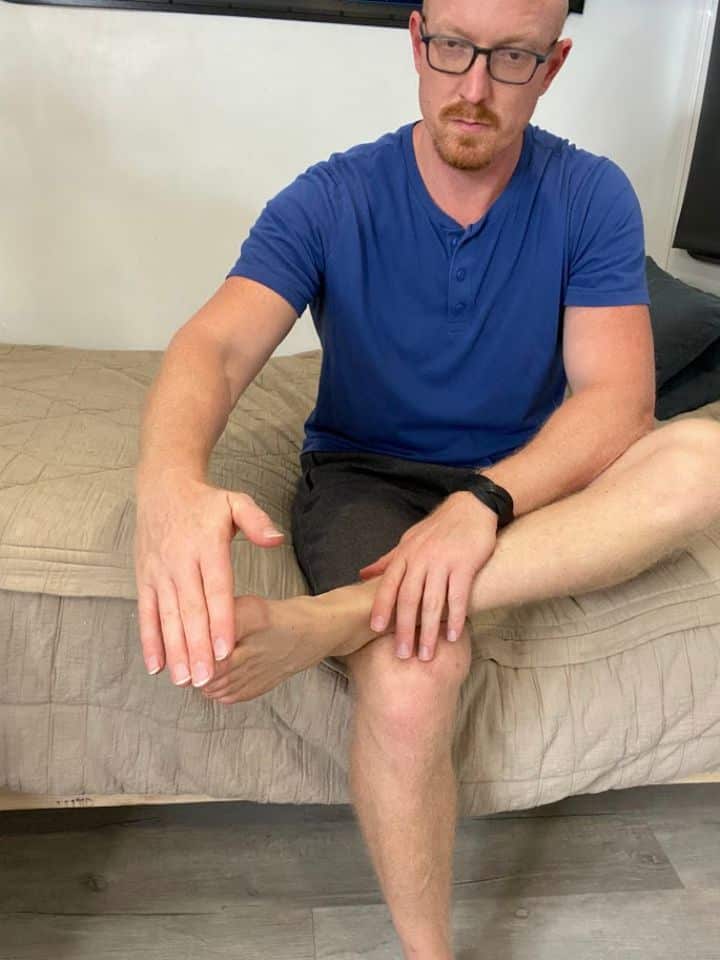
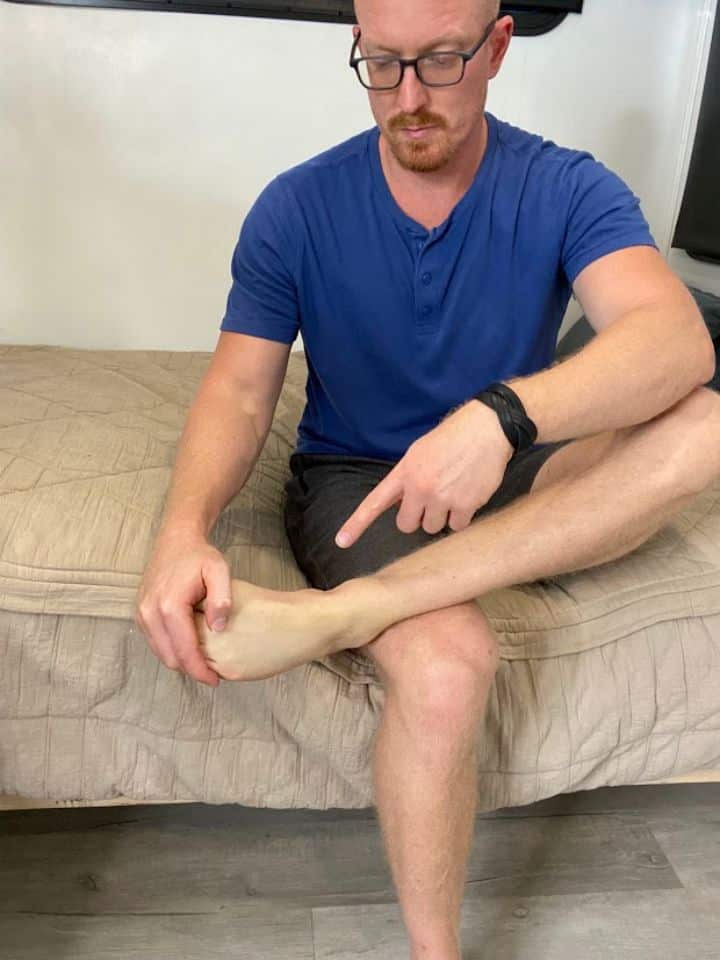
- Place one hand on the top of the foot, positioned on the forefoot near the toes.
- Gently, pull the foot down into plantar flexion until a gentle stretch is felt on the front side of the foot and ankle.
- If the stretch is very intense at first, try holding for 5 seconds, then rest. Repeat 10x.
- If the stretch is only mild, then try a longer hold time anywhere from 30-60 seconds.
4. Ankle Inversion with Resistance Band
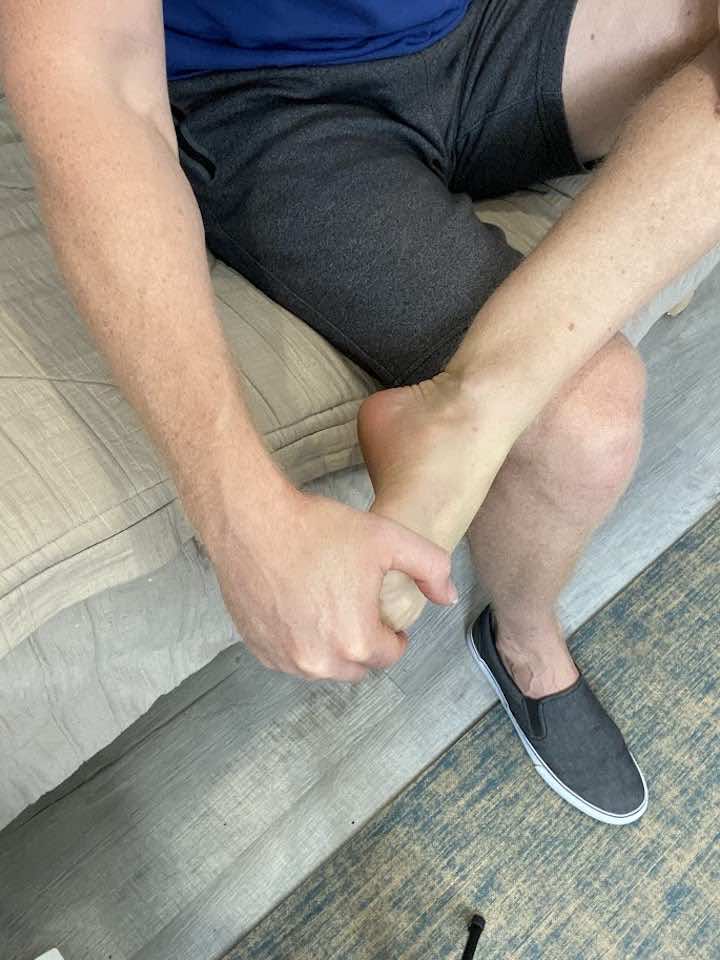
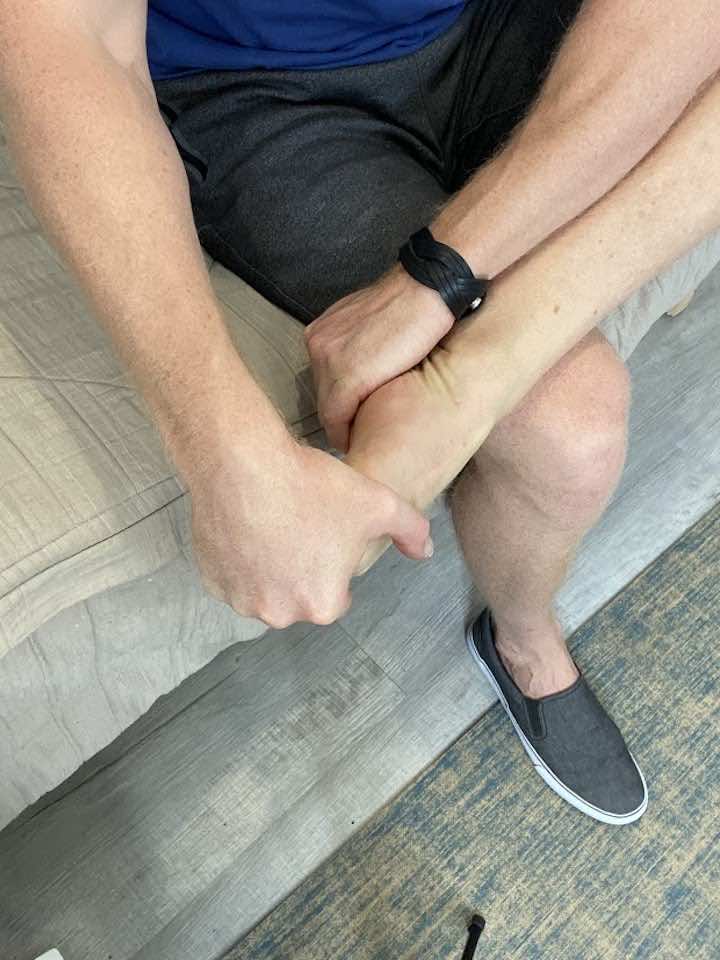
- Place one hand on the top of the foot, positioned on the forefoot near the toes.
- Gently pull the foot and ankle into a plantar flexion stretch, then pull slightly inward to pull the foot towards you.
- If the stretch is very intense at first, try holding for 5 seconds, then rest. Repeat 10x.
- If the stretch is mild, try a longer hold time, anywhere from 30-60 seconds.
- Repeat this exercise two more times for a total of three repetitions.
5. Ankle Eversion with Resistance Band
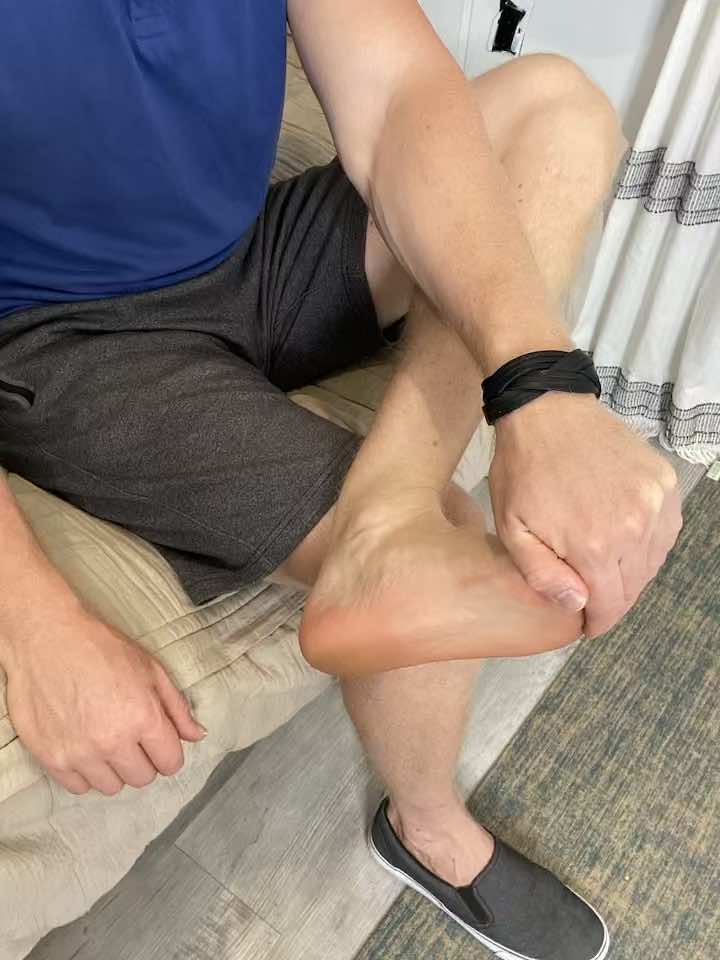
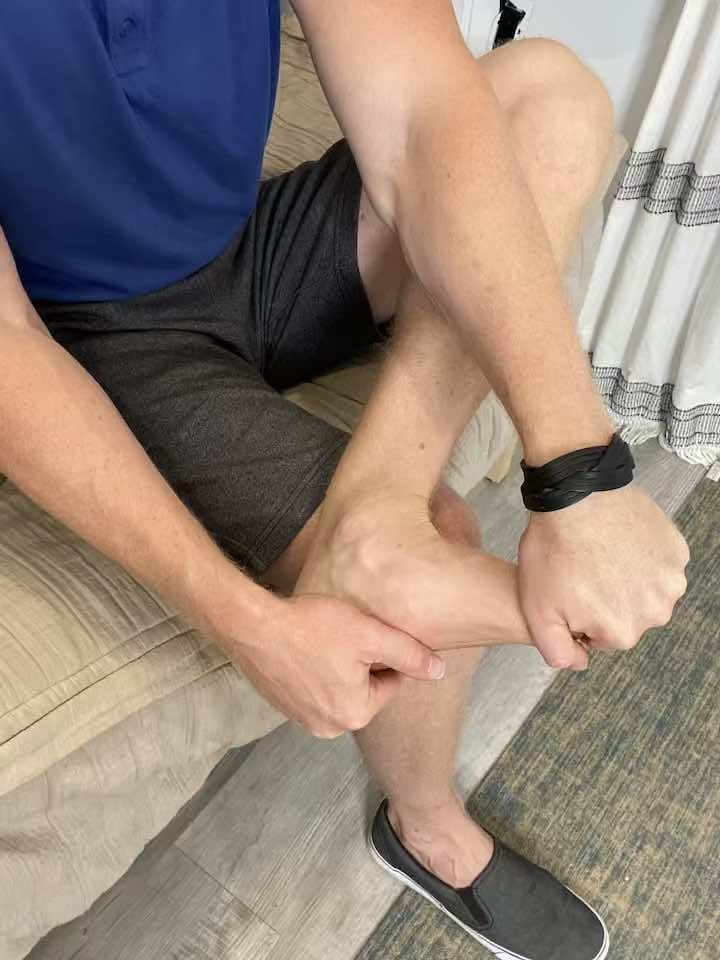
- Place one hand on the bottom of the foot, over the ball of the foot.
- Gently pull the foot and ankle back into dorsiflexion, then pull slightly outward, so the foot moves away from you.
- If the stretch is very intense at first, try holding for 5 seconds, then rest. Repeat 10x.
- If the stretch is mild, try a longer hold time, anywhere from 30-60 seconds.
- Repeat this exercise two more times for a total of three repetitions.
Preventive Measures to Keep Top Foot Pain Away
- Wear the right shoes: Always ensure your shoes fit correctly and offer the right kind of support.
- Limit high-impact activities: If you’re experiencing foot pain, try to reduce activities that strain your feet excessively.
- Regular foot exercises: Keeping your feet strong can prevent many of the common causes of foot pain.
- Foot massages: Regular massages can stimulate blood flow and reduce pain.
- Cold compress: Applying cold to the painful area can reduce inflammation and provide relief.
Conclusion
Foot pain, particularly on the top, can be a real setback, making simple tasks like walking or standing an ordeal. However, one can reclaim mobility and comfort by understanding its root causes and embracing appropriate interventions. Doing strengthening exercises, wearing the proper footwear, and following preventive measures are pivotal steps toward a pain-free experience.
It’s essential to remember that while exercises and preventive strategies offer relief and fortification if the pain persists or is severe, it is always best to seek advice from a healthcare professional. They can provide a more in-depth diagnosis and tailor treatments to specific needs, ensuring long-term foot health and well-being.


